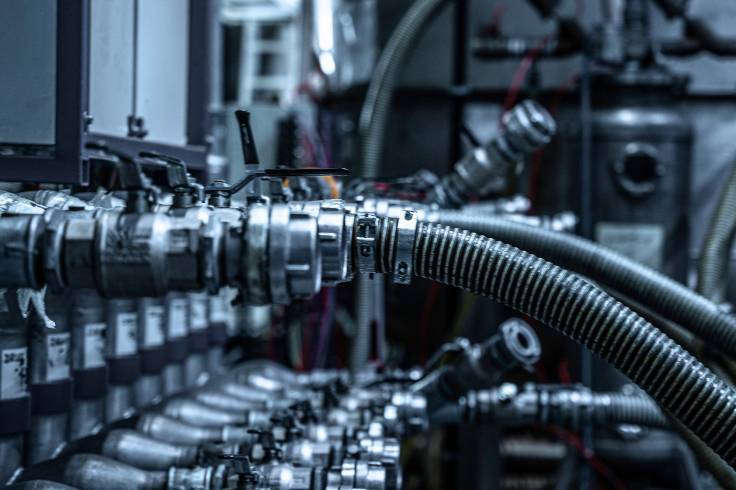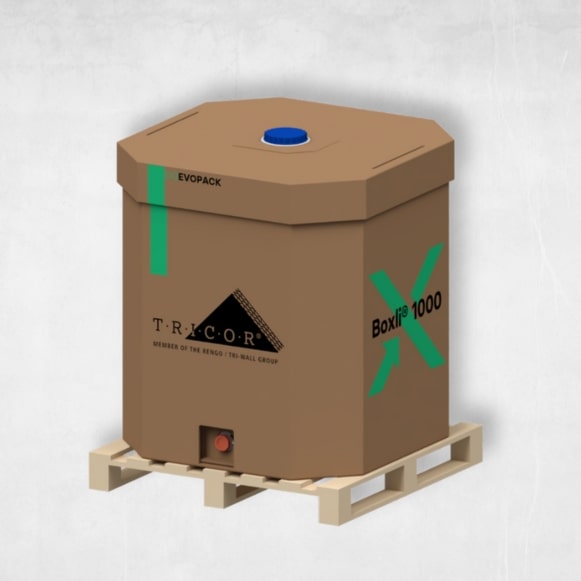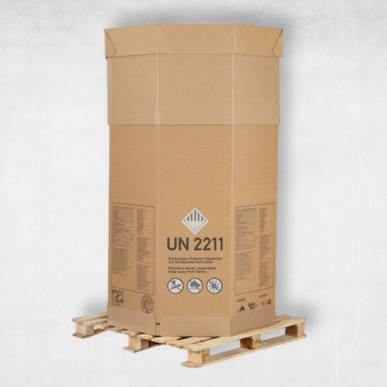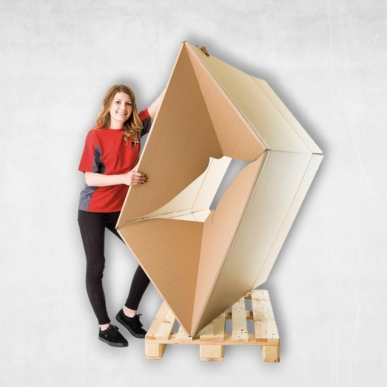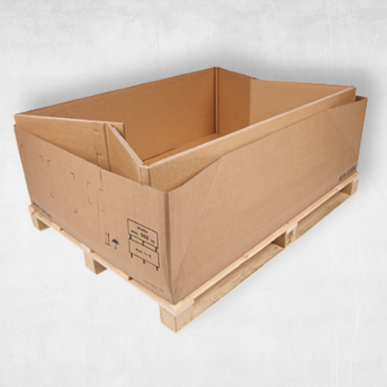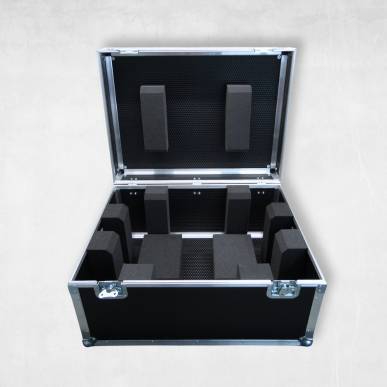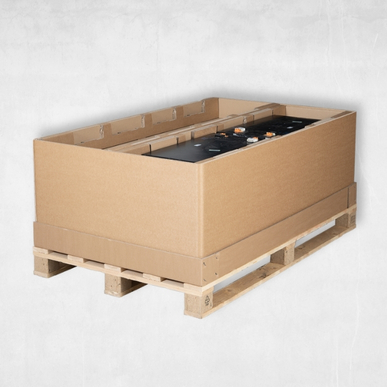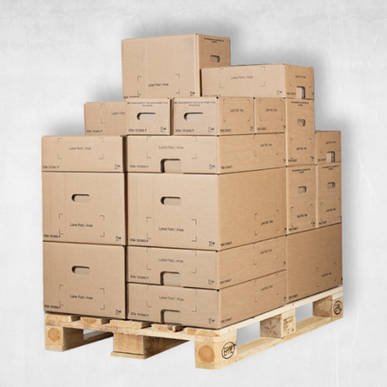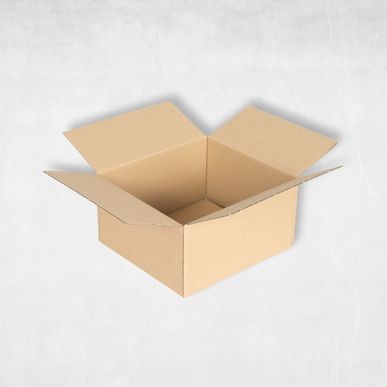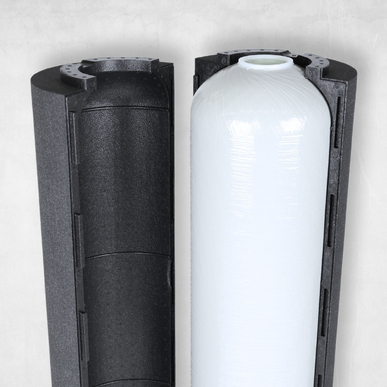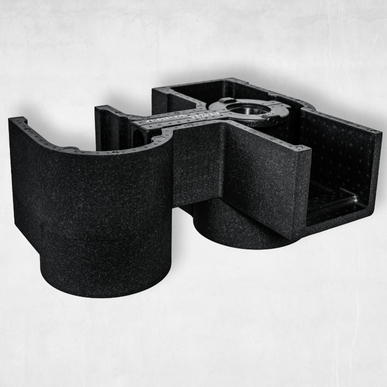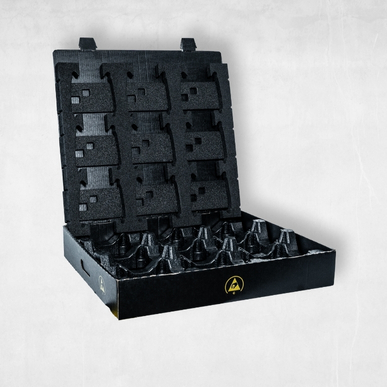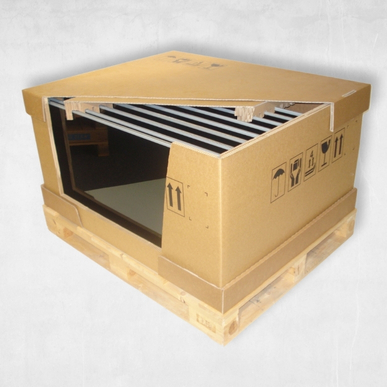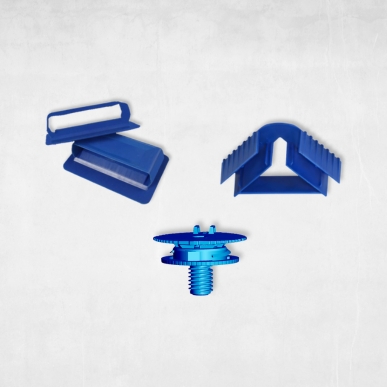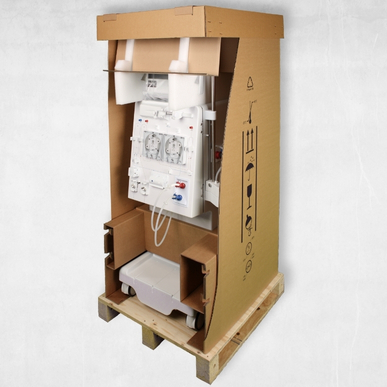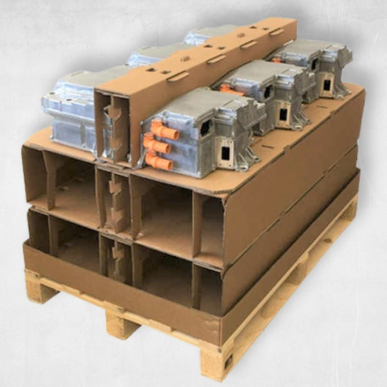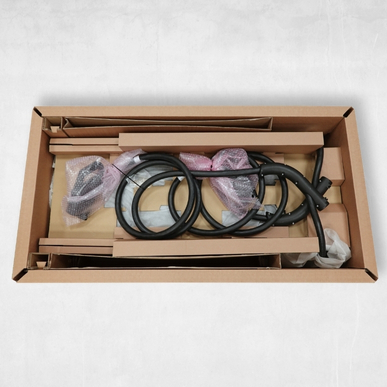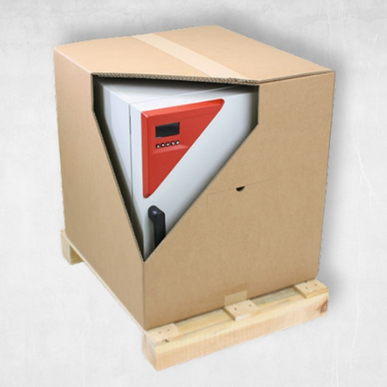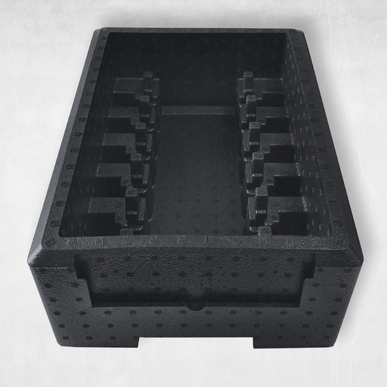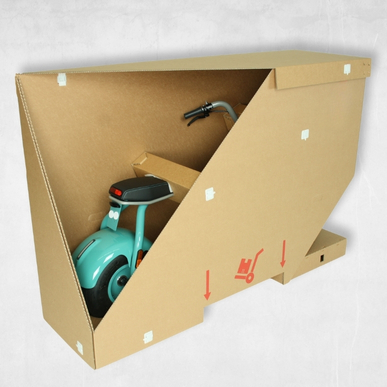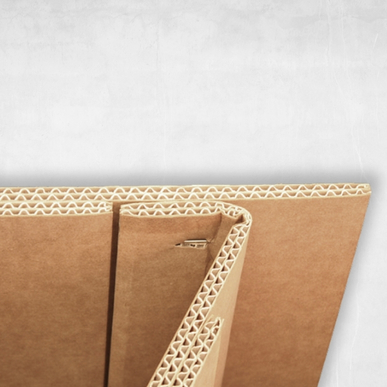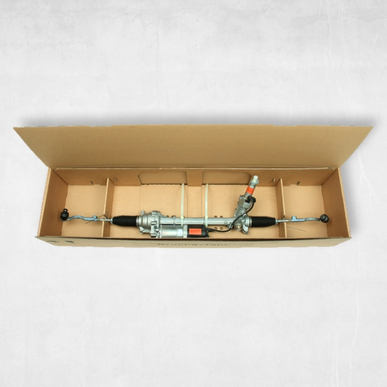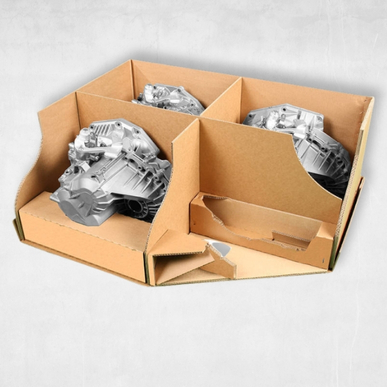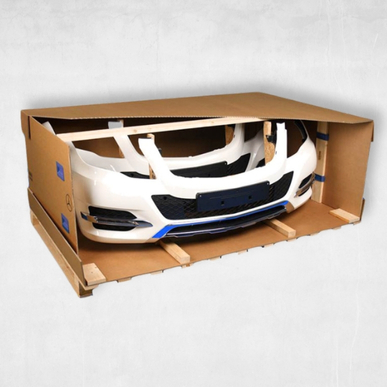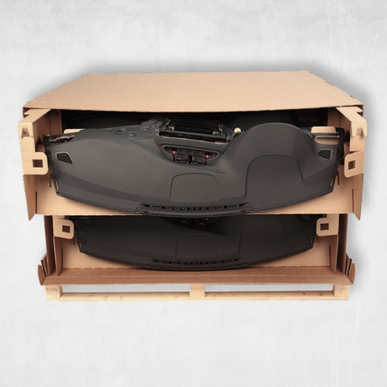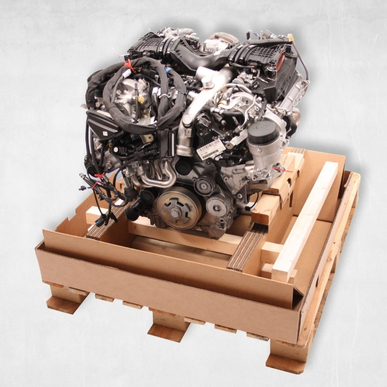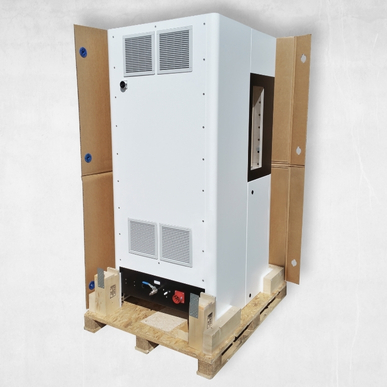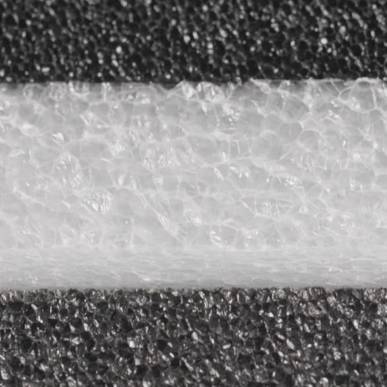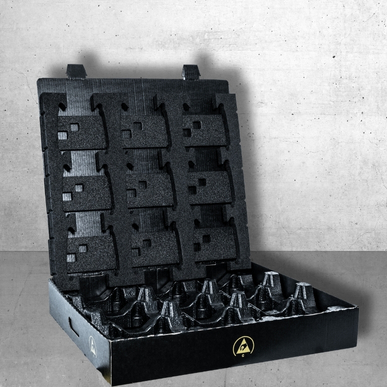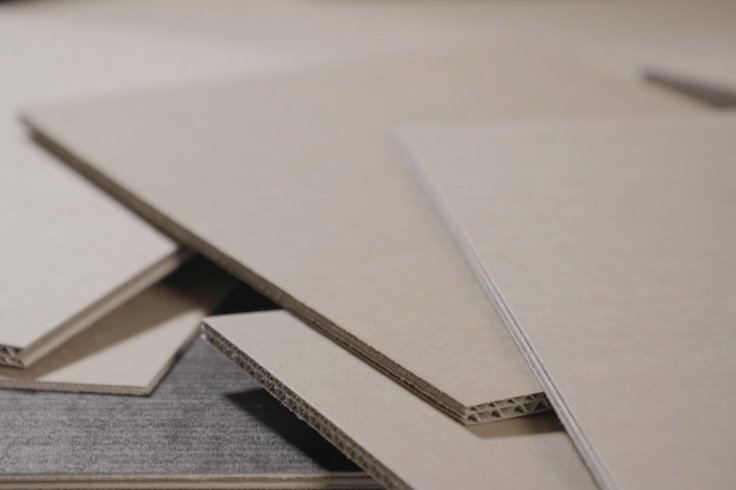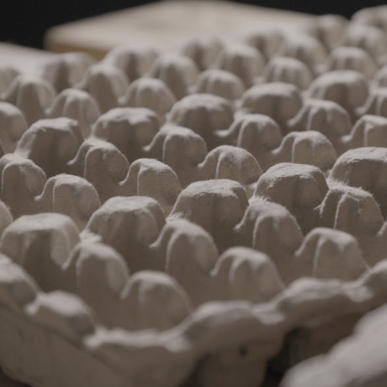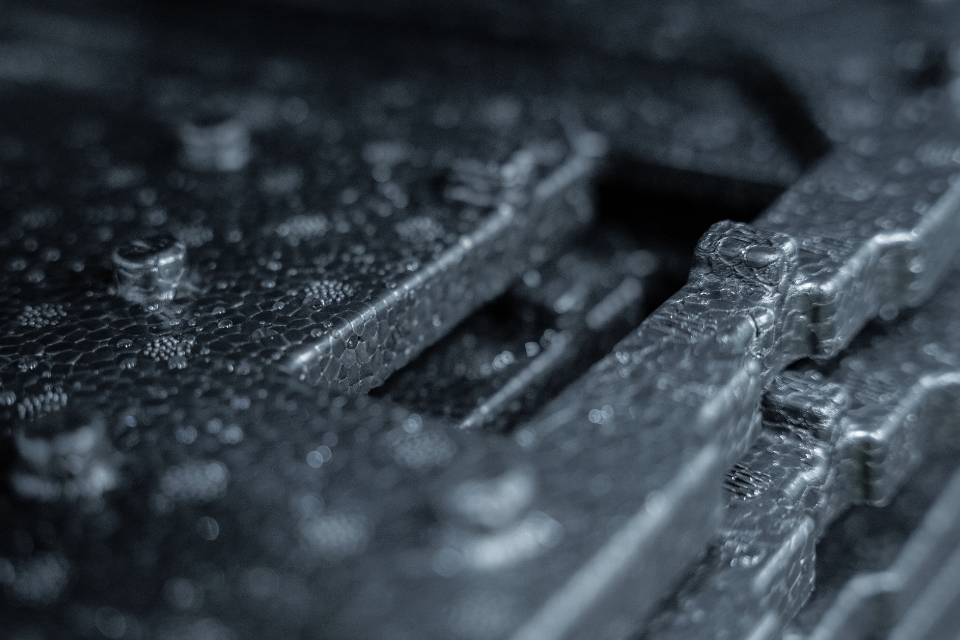
EPP products by TRICOR
EPP (expanded polypropylene) offers a wide range of options for using packaging as a reusable solution.
Through a multi-stage production process, the particle foam is processed in such a way that customised shapes can be foamed. This process produces highly economical and environmentally friendly reusable packaging and technical components that offer many other advantages in addition to their enormous durability.
Additional features of reusable packaging made from EPP
Reusable packaging from TRICOR can be foamed into customised shapes and is available in various colours. Unique laminations and images of your logo in any position provide visual highlights.
Technical advantages, such as the variation in hardness and density, enable a wide range of applications. Thanks to its excellent thermal properties, EPP packaging is also suitable for heat and cold insulation. The impact-resistant material guarantees optimum protection for your products and is easy to handle thanks to its light weight.
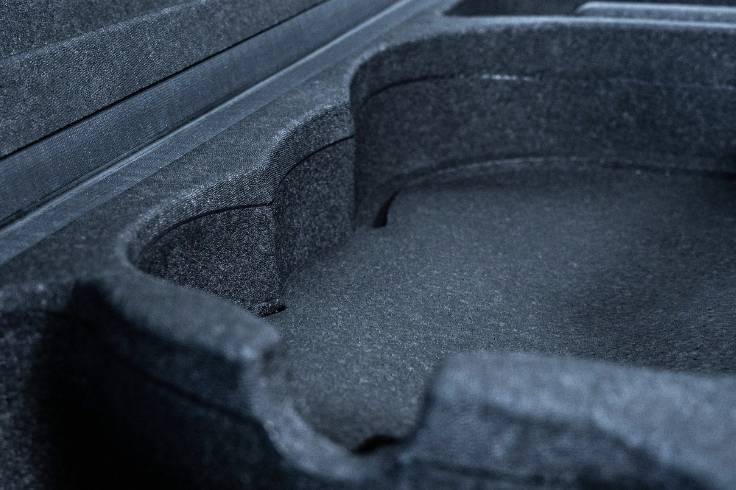
One of the most important positive aspects, however, is ESD protection. In certain business sectors, static discharges can cause enormous damage to goods and result in high repair costs. Reusable packaging made of EPP can be encased with ESD protection. The material is ideal for ESD protection as it has an antistatic surface.
Sensitive goods, such as those found in computer technology, electrical production and automotive electronics, are dependent on ESD protection measures. The ESD protective layer of the reusable packaging prevents voltage build-up and controls the discharge. If an electronic product has to be packaged and transported, it is not only primary packaging with ESD protection that is required. To ensure damage-free transport, the secondary packaging should also have ESD properties.
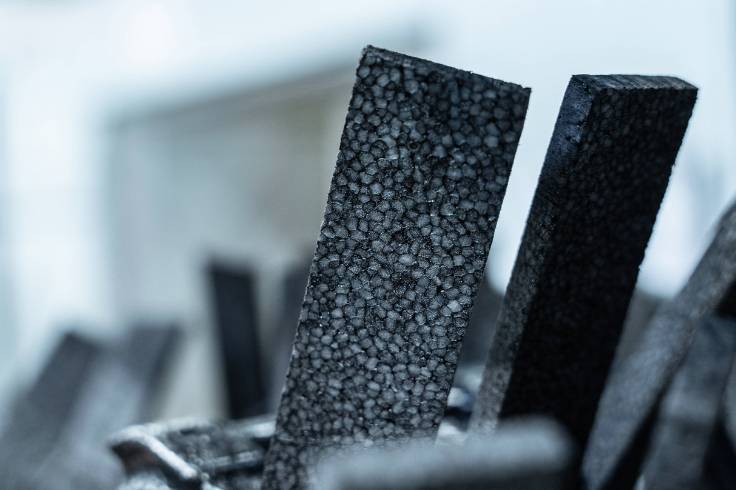
Production of EPP at TRICOR
The favourable properties of EPP reusable packaging and technical components made of EPP are due to the special manufacturing process.
The raw material is prepared by reaching the intended internal bead pressure during storage in pressurised filling containers with added air pressure as a blowing agent. From there, the foam beads are filled into the mould. Chemical accelerators are not used at all.
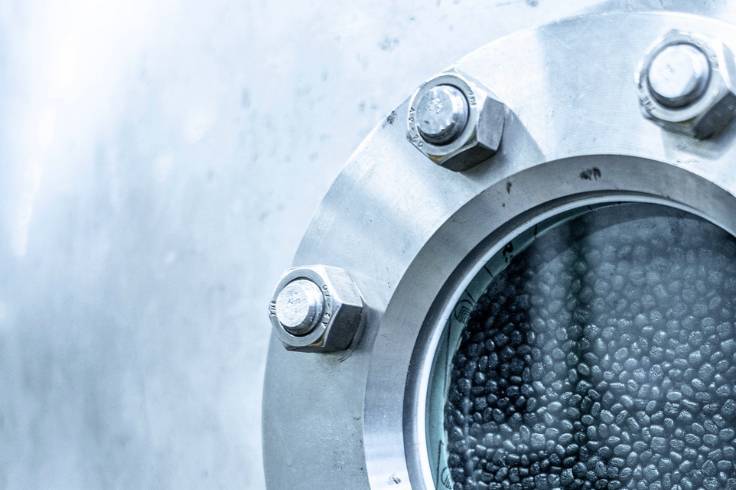
The high temperature of the steam causes the beads to expand, melt into each other and then foam into the customer-specific mould. After the foamed reusable packaging has been discharged, it is transported to a preheated industrial oven for stabilisation.
The oven is also used to remove any remaining moisture from the moulded packaging. Once all the production steps have been completed, the reusable packaging can be prepared for dispatch to our customers.
